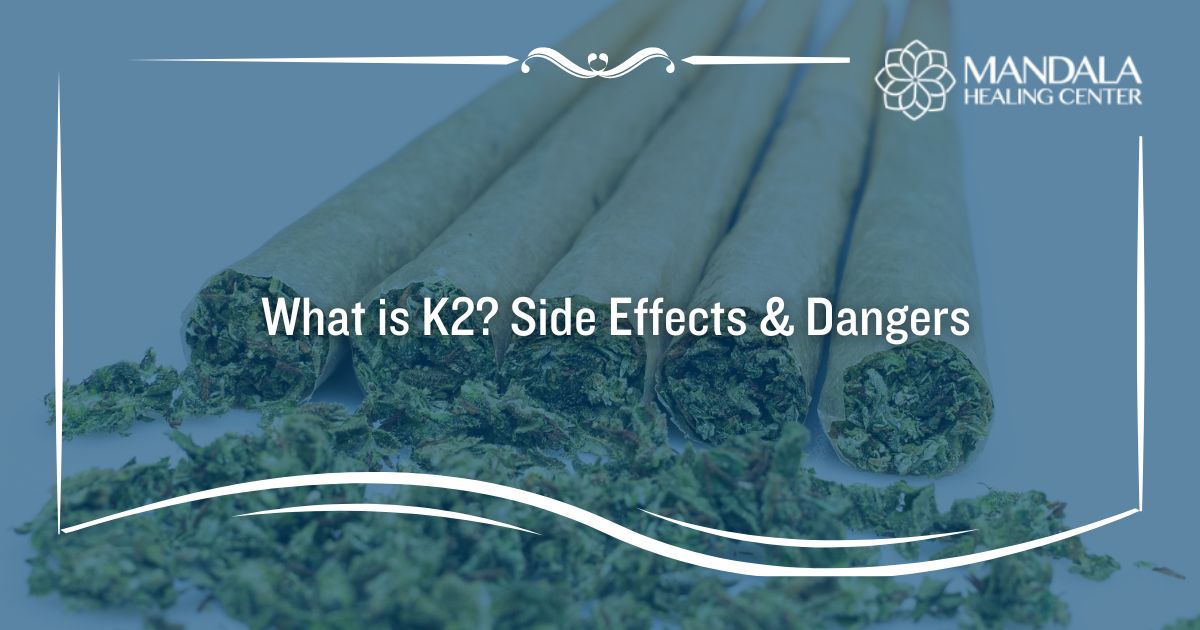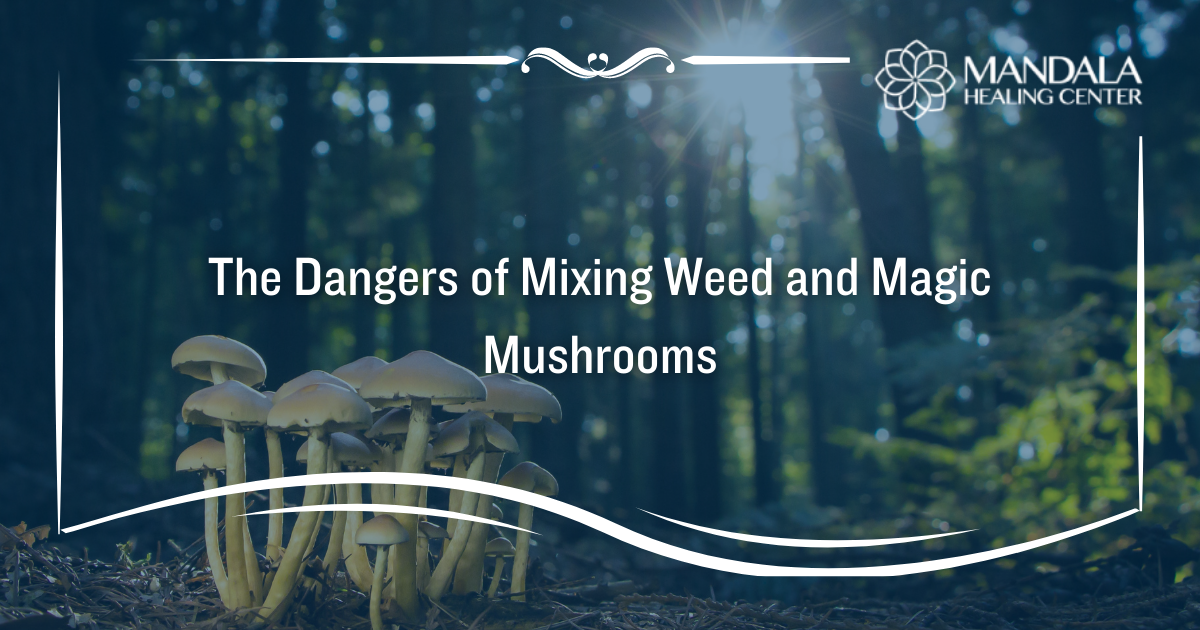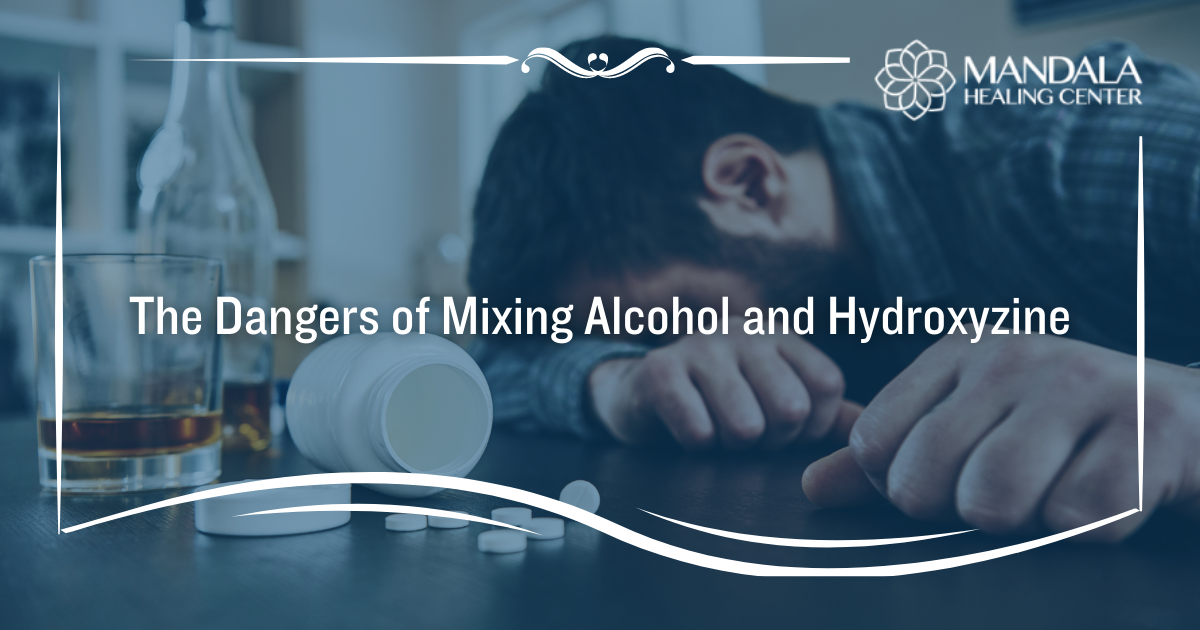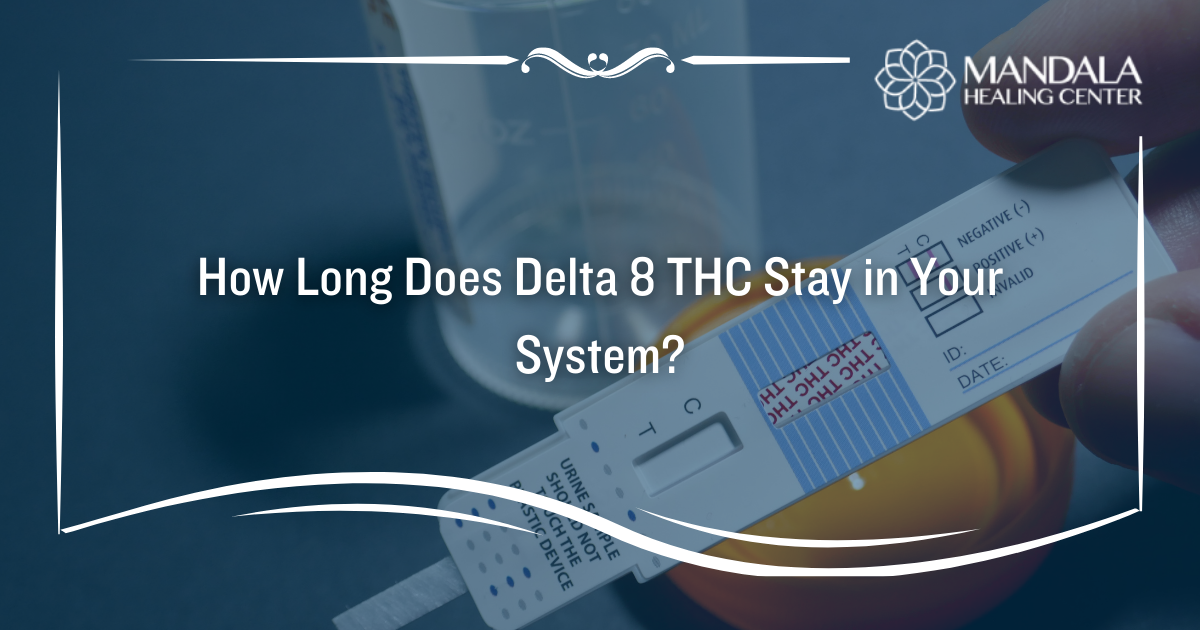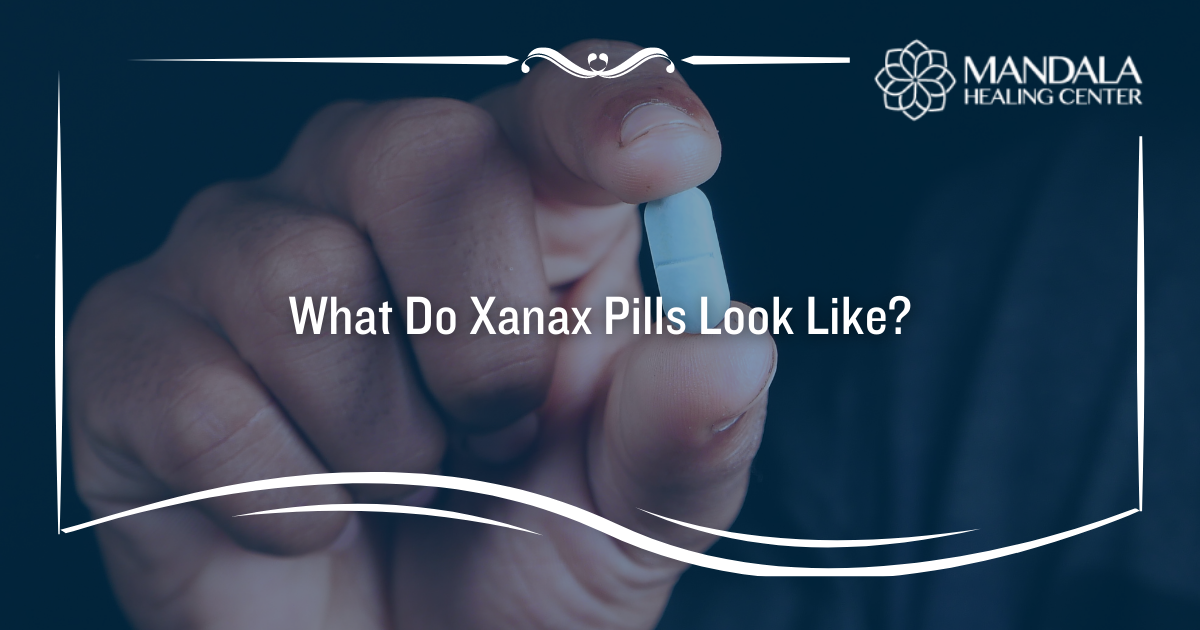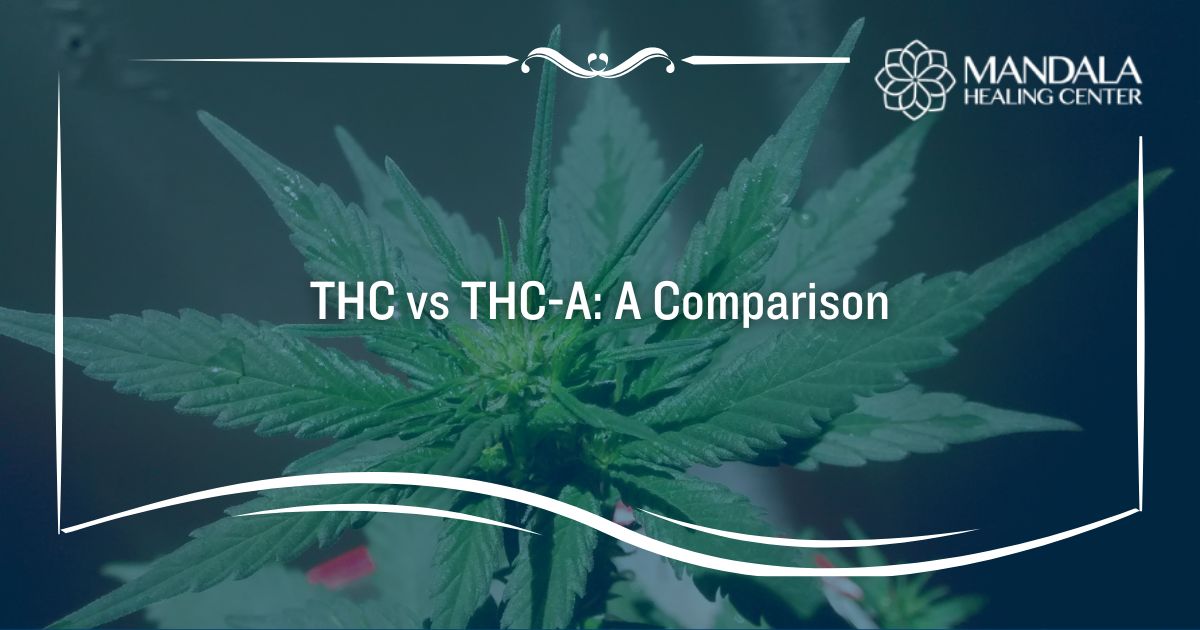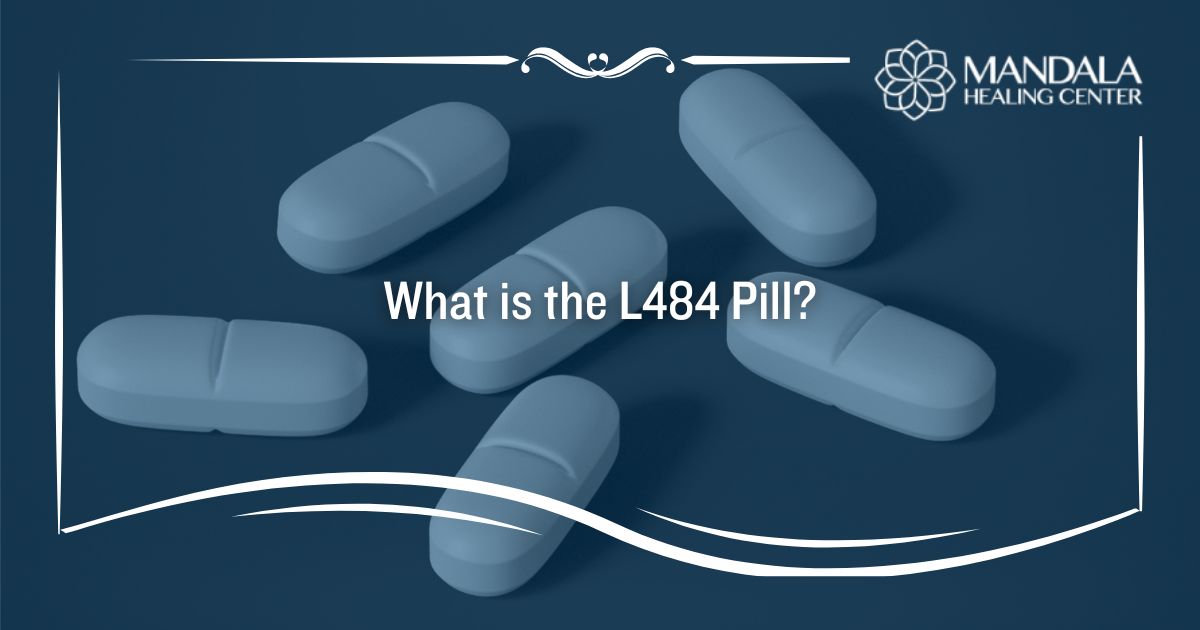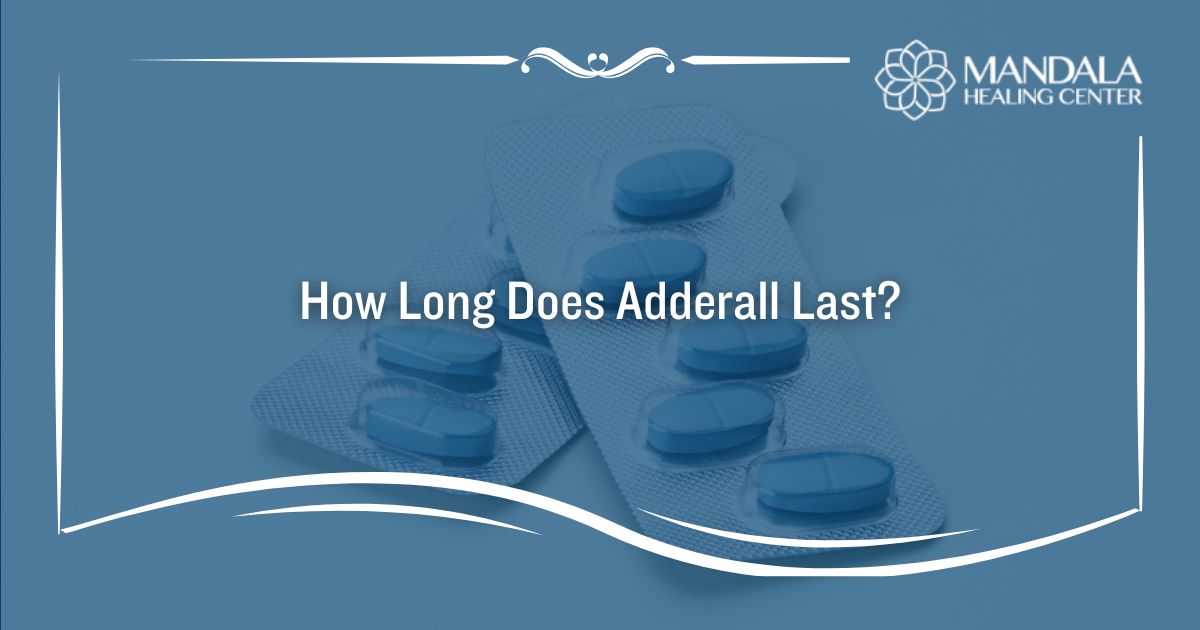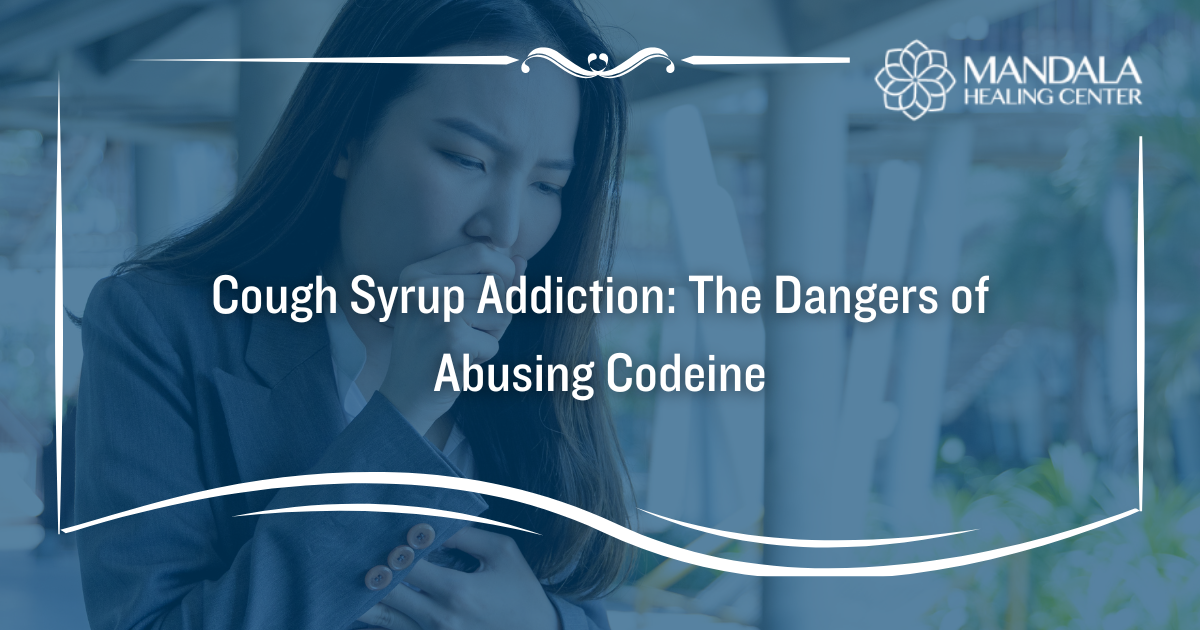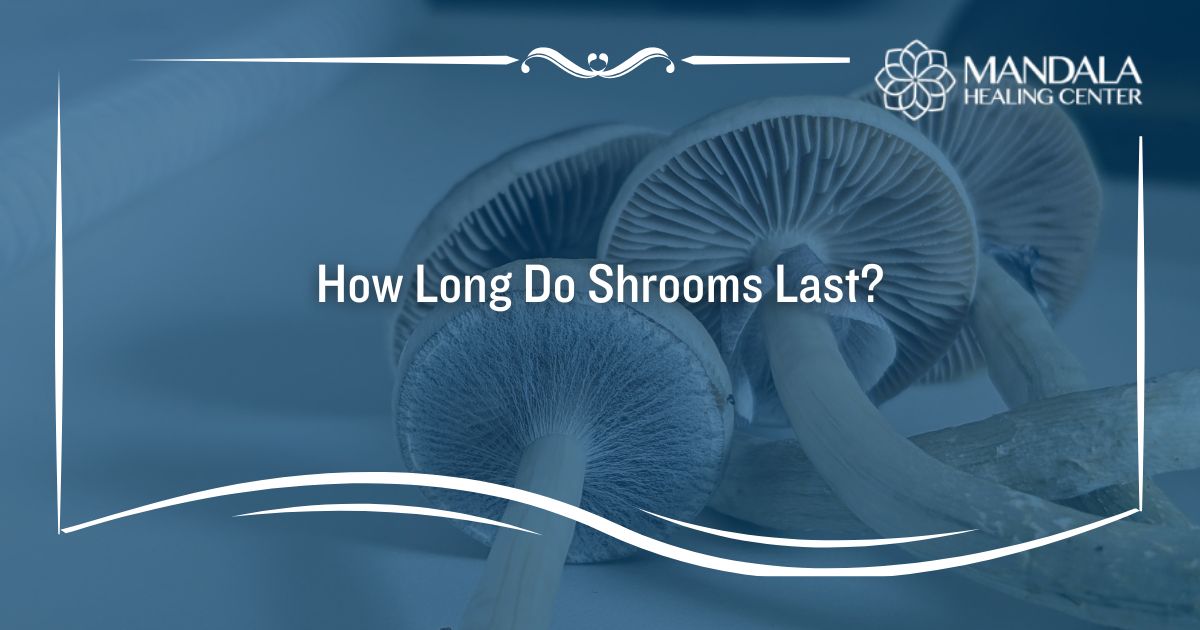K2 or spice is a synthetic cannabinoid that used to be sold in gas stations as herbal incense and marked as “not for human consumption.” Despite this, people were smoking spice as a safe alternative to marijuana. Many people believed it might be a better option, as it was legal to purchase while cannabis was illegal in most states.
Unfortunately, K2 proved to be incredibly dangerous. According to the Centers for Disease Control and Prevention (CDC), spice is up to 100 times more potent than THC and was responsible for 456 cases of overdoses from 2010 to 2015 in the United States.[1]
Often, K2 resembles marijuana, as it is a mixture of plant materials and spices sprayed with a synthetic cannabinoid. Despite the resemblance, it is risky to misuse. Abusing spice could lead to addiction, life-threatening overdoses, and symptoms of psychosis like hallucinations, delusions, and even violent behavior.
If you or a loved one abuse spice, it’s time to consider professional substance abuse treatment. Drug rehab programs like Mandala Healing Center offer the tools and support you need to achieve long-lasting recovery.
In this article, you will learn:
- What K2 is
- What side effects K2 causes
- The dangers and risks of abusing K2
What is K2 or Spice?
K2 is a nickname for a synthetic cannabinoid that is man-made and created in a lab. Also known as spice, this drug is a mixture of plant material that is sprayed with a synthetic cannabinoid substance. People abuse it by smoking it in the same way that they would marijuana.
Unfortunately, K2 is mainly popular among young adults. According to a study, 40% of all spice users are adolescents. In other words, this is a popular drug among high school students.[2]
Even worse, spice has been found to cause more health complications than traditional cannabis. This means that synthetic marijuana abuse is not safe. According to the Drug Enforcement Administration (DEA), spice is still sold in head shops, gas stations, and on the internet despite being considered a Schedule I drug.[3]
What are the Effects of K2?
If you are worried that your loved one is abusing spice, it can be helpful to be aware of the side effects. Despite being considered as an alternative to marijuana, this substance causes many adverse effects that are not associated with cannabis. For example, spice can cause altered sensory perceptions, hallucinations, delusions, and more.
The side effects of K2 include:[3]
- Elevated mood and relaxed feelings
- Altered perception of surroundings
- Extreme anxiety
- Increased heart rate and body temperature
- Confusion or disorientation
- Paranoia
- Hallucinations and delusions
- Aggressive behavior and violence
K2 is known for causing people to experience psychotic symptoms. Suppose your loved one does not have a mental health condition and begins displaying symptoms like disorganized thoughts, paranoia, hallucinations, and a detachment from reality. In that case, they could be experiencing substance-induced psychosis.
Understanding the Dangers of Using Spice
Smoking spice can lead to an array of dangerous effects, including psychosis and violent reactions. You could also develop long-term effects like addiction. If you or a loved one suffers from a synthetic marijuana addiction, you must seek support from a professional drug rehab.
The main risks of abusing K2 include:
Addiction
Because spice is a mind-altering substance, abusing it could lead to an addiction. If you begin having a hard time controlling how much spice you smoke, continue to use it despite facing physical or mental health consequences, and experience cravings to abuse it, you could be addicted.
Another sign of spice addiction is experiencing withdrawal when you stop using it. The common symptoms of K2 withdrawal include:
- Nausea and vomiting
- Diarrhea
- Feeling hungry but unable to keep food down
- Hot and cold flashes
- Sweating and shivering
- Anxiety and irritability
- Excessive fatigue
- Violent outbursts
- Cravings to abuse spice
If you or a loved one displays the signs of spice withdrawal, it’s time to seek help. A medical detox center can provide the treatments, medications, and support you need to overcome withdrawal safely.
Psychosis
Unfortunately, spice abuse can lead to the development of psychosis. Abusing this drug might lead to symptoms like paranoia, delusional thinking, disorganized thought or speech, detachment from reality, hallucinations, and violent outbursts.
Experiencing K2 psychosis can be incredibly dangerous. Not only could you hurt someone else, but suicidal thoughts and attempts are common during this type of psychosis. A study found that 26% of people experiencing spice psychosis had suicidal ideation and 58.4% were hospitalized involuntarily.[4]
Overdose
Lastly, abusing K2 could lead to a life-threatening overdose.
The signs of a spice overdose include:[5]
- Nausea and vomiting
- Chest pains
- Difficulty breathing
- Inability to speak or move
- Elevated heart rate
- Loss of consciousness
- Confusion and hallucinations
- Paranoia and anxiety
- Aggressive or violent behavior
- Suicidal thoughts or actions
- Seizures and stroke
Anyone who experiences the symptoms of a K2 overdose should call the poison control center and 911 immediately.
Find Help for K2 Abuse and Addiction
If you or a loved one suffers from a synthetic cannabinoid addiction, it’s time to seek help. At the Mandala Healing Center, we offer a combination of medical detox, evidence-based therapies, and relapse prevention planning to help you achieve long-term sobriety.
Contact us today for more information on our K2 addiction treatment center.
References:
- The Centers for Disease Control and Prevention (CDC): Acute Poisonings from Synthetic Cannabinoids — 50 U.S. Toxicology Investigators Consortium Registry Sites, 2010–2015
- APA PsycNet: Synthetic Cannabinoids—” Spice” Can Induce a Psychosis: A Brief Review
- The Drug Enforcement Administration (DEA): K2/Spice
- Dove Press: Clinical characteristics of synthetic cannabinoid-induced psychosis in relation to schizophrenia: a single-center cross-sectional analysis of concurrently hospitalized patients
- Jama Network: Critical Illness Secondary to Synthetic Cannabinoid Ingestion


